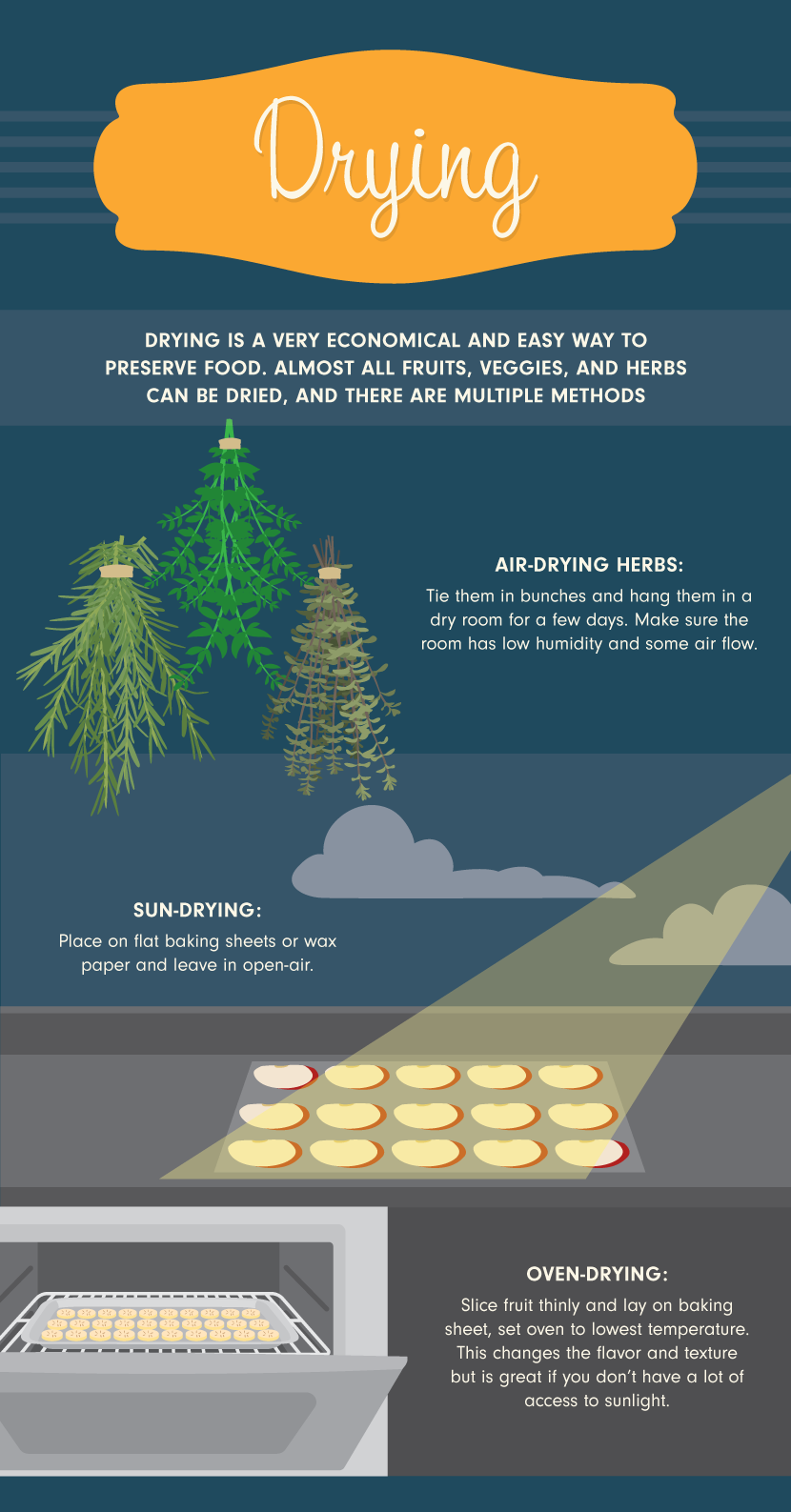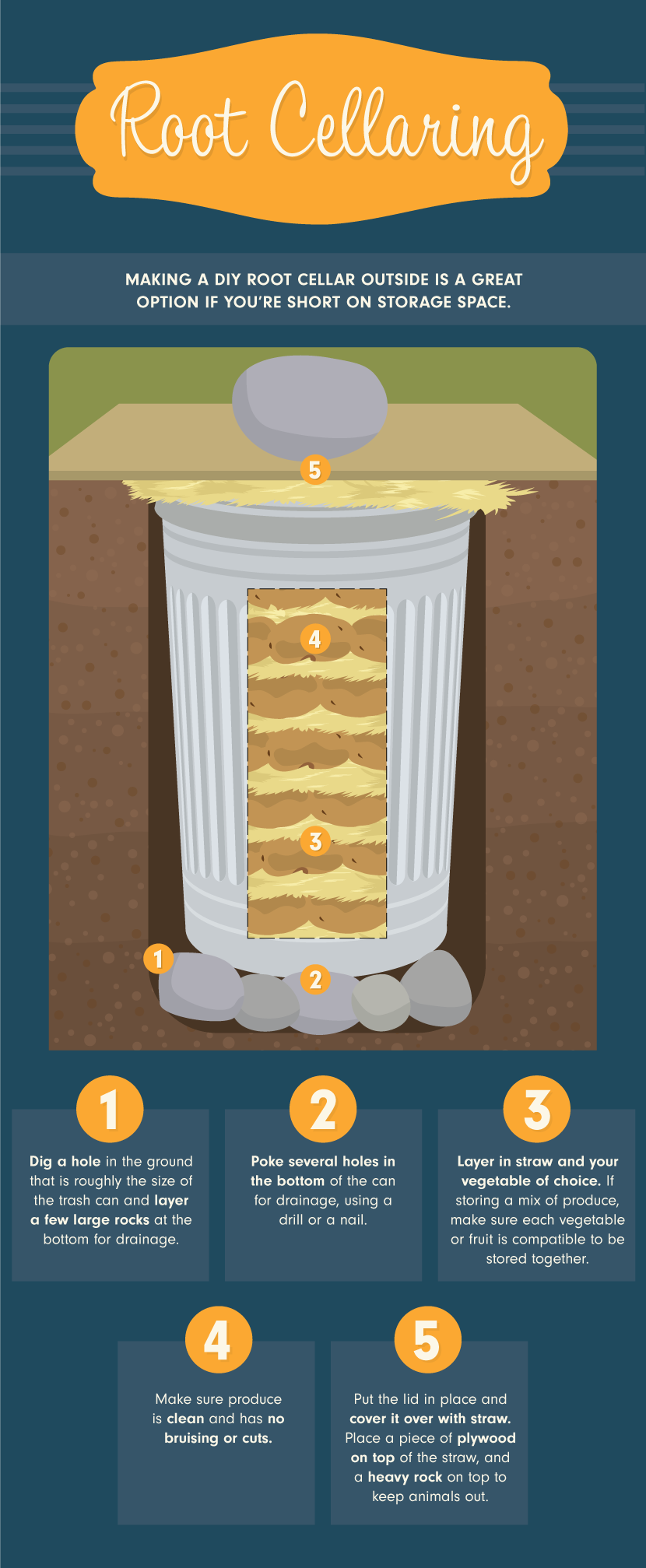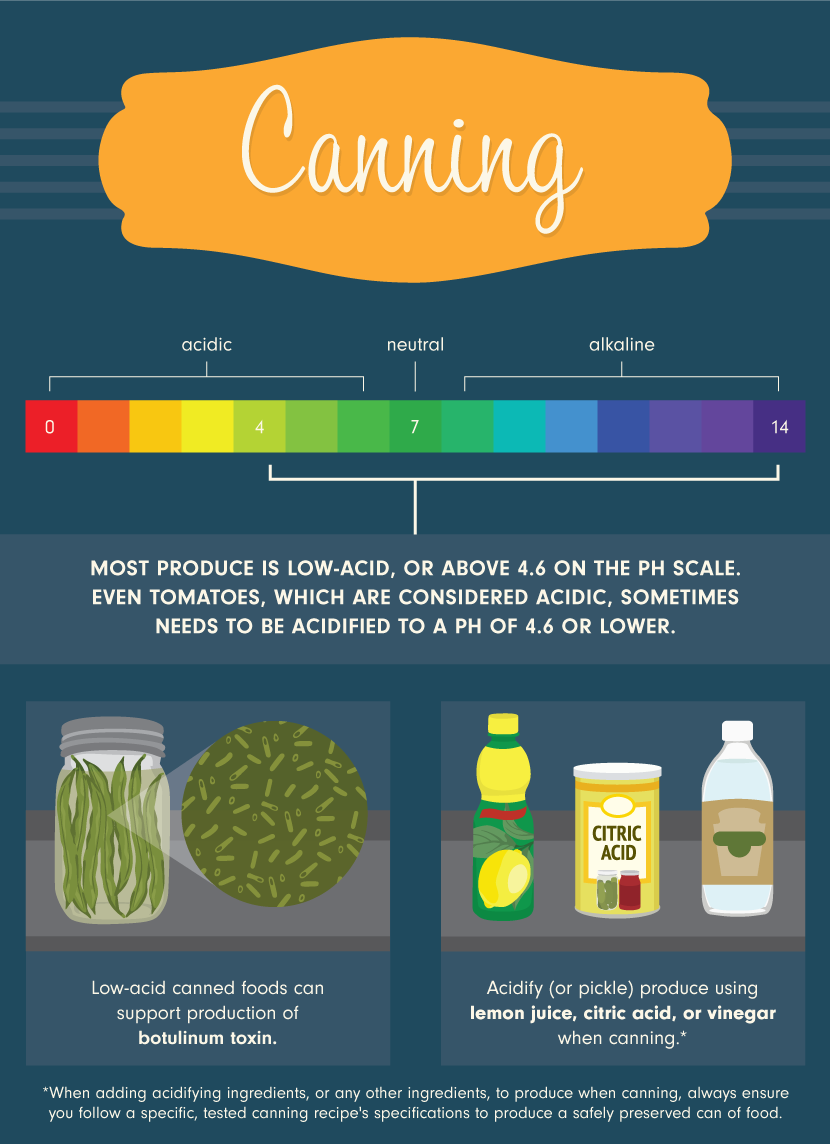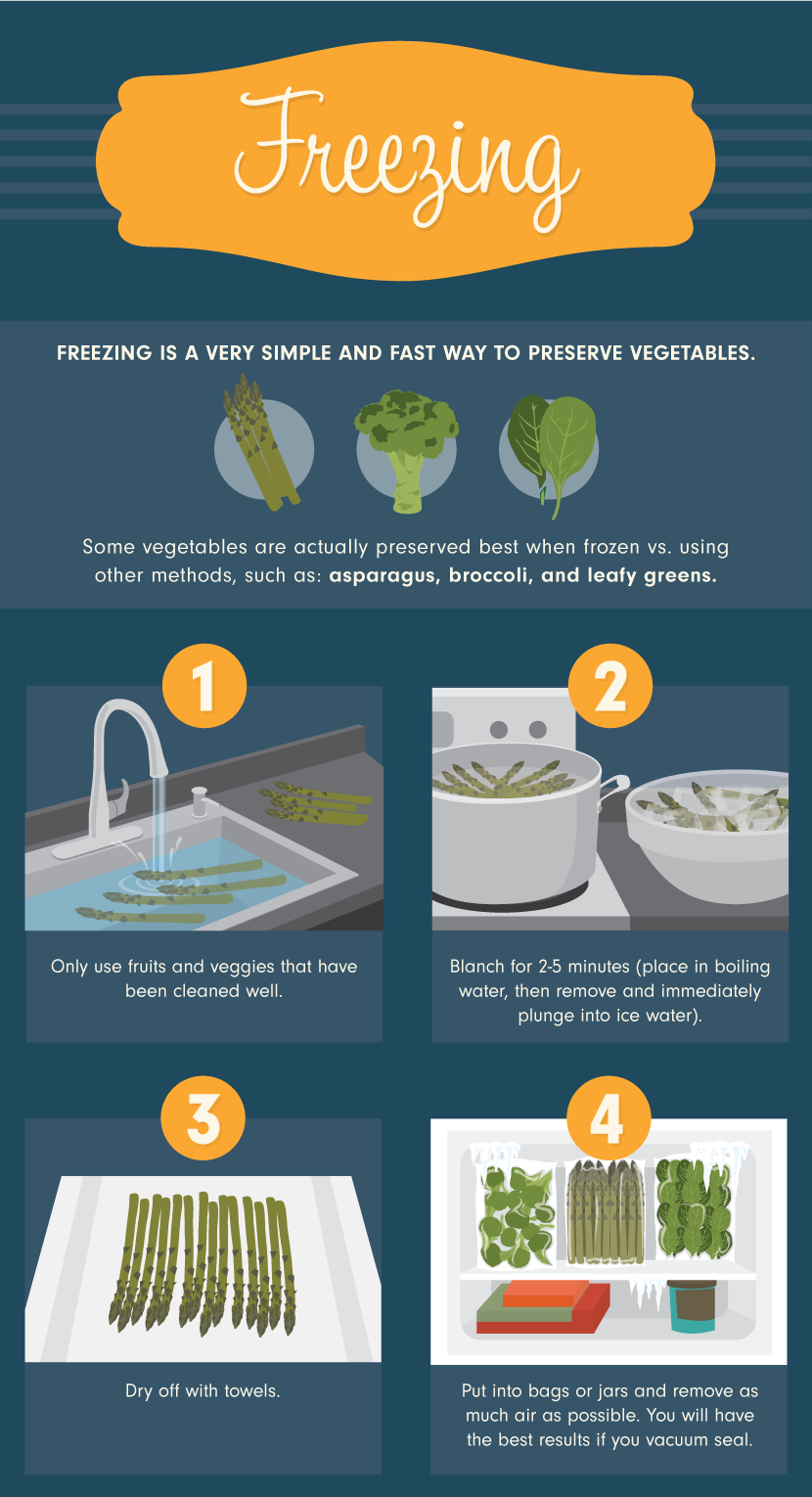Best Food Preservation Methods for This Season
Canning, Drying, Freezing and More!
While harvesting fresh food from your garden might not be in the cards for the next few months, there’s no reason you can’t still eat fresh food from the garden. The secret? Food preservation.
Food preservation techniques have been around just about as long as we humans have, and they’re still some of the best ways to make sure that you have food long after your gardening season is over.
However, not all food preservation methods are the same. Some are easier than others, some are safer than others, and some plants can only be preserved in certain ways.
No matter which method you choose, properly sanitizing and following all safety precautions is a must, as improperly preserved food can cause serious health problems.

Drying
Perhaps one of the oldest food preservation methods, drying still has many practical uses today. More formally known as dehydration, this method has many benefits:
- Preserves the entire nutritional profile
- Increases flavor
- Costs almost nothing
- Decreases size of preserved food
While you can use fancy gear such as a food dehydrator or a dehydration cabinet, the simplest and lowest-cost way to get started with drying your food is simply by using your oven or the sun.
To dry your harvest, first slice your fruits or veggies to at least ½” to 1” pieces. This helps speed up the process by increasing the available surface area for drying.
Hanging
To use the hang-drying method (which is best for herbs), tie the herbs in bunches and hang them from an area of your house that is dry and gets a lot of airflow.
After a few days, the leaves of your herbs will be brittle, and you can scrape them off the stems and store them in spice containers.
Oven-Drying
For those of you who don’t have enough sunlight or heat to properly sun-dry your harvest, the oven is your best friend. Turn your oven to 130-140°F and place your trays in for at least an hour.
Every plant has a different drying time, so just look for the characteristics of good dehydration: a leathery, wrinkly appearance to the surface of your plants.
One thing to keep in mind is that the temperature fluctuation of the oven will cause greater changes in texture, flavor, and nutritional content as opposed to other drying methods.
Sun-Drying
Slice your plants just like you would if you were going to oven-dry, lay them on wax paper and a cookie sheet, and place in the sun.
Sun-drying can take anywhere from two to four days, so be patient and be sure to turn over your plants every day for even dehydration.
For most plants, what you are looking for is for them to be hard-dried – meaning there are absolutely no moist spots. This prevents rot and mold from occurring when you store them.
Best Vegetables to Dry
Herbs are the most popular plants to dry for many home gardeners. By preserving them, you can add their flavor-packed goodness to recipes throughout the entire year. Drying fruits is also quite popular, as they make a great snack.

Root-Cellaring
Before the advent of refrigeration, root cellars were a common way to preserve vegetables over the winter. They mimic the properties of a refrigerator: cold, well-ventilated, and spacious.
Almost all root cellars are built underground to take advantage of the insulation that the ground provides. Ventilation is installed so the room is kept cool and there is adequate airflow.
Once winter rolls in, the vents are closed and the entire space stays nice and cool for the next few months.
If you have a larger garden or are a serious homesteader, adding a root cellar to your property may actually be a better choice than purchasing another refrigerator or using other preservation methods.
Once you build it, and assuming you build it properly, you can have large-scale refrigeration and preservation on your property for decades to come.
The produce you place in your root cellar should be absolutely pristine and without any bruising, cuts, or disease spots.
They should also be at the peak of their maturity, because you want to “freeze” them in that stage of their growth so you can enjoy them at peak freshness when you decide to pull them out of the cellar.
Best Vegetables to Root-Cellar
As its name implies, root cellars are designed for root vegetables. Beets, potatoes, garlic, onions, and yams are all fantastic veggies to add to your cellar.

Canning
When you think of food preservation, canning is probably the method that comes to mind. It’s one of the most popular ways to preserve food and is simpler than most people make it seem.
While there are many different methods for canning your food, water bath canning is the easiest to do at home.
It requires you to use acidic veggies – any nonacidic veggies are dangerous to use when water bath canning.
If you decide to preserve your harvest this way, be sure to use a tested recipe that matches the veggies you have. This way you’ll know your food will be canned safely.
In addition, sterilization is absolutely crucial. Everything you use while water bath canning should be sterilized:
the jars, lids, cutting boards, knives, and any other tool that comes into contact with your food. Even when using acidic veggies, keeping a sterilized environment is key.
Water bath canning involves placing veggies in jars, sealing them, and placing them in boiling water. After the cans have been submerged for the exact processing time called for by your specific canning recipe, the boiling water will force out air and form a vacuum seal inside the can.
When you pull your cans out of the water, be sure that there is no “pop” on the seal. Just like in the grocery store, if the seal pops, it’s no good. Throw it out or try again!
Best Vegetables to Can
Again, it is vital that you choose the correct veggies when water bath canning. You must use high-acid foods, like citrus, tomatoes,
or any veggies that you have already pickled. If you want to can low-acid foods, you must use the pressure canning method.

Freezing
Freezing is one of the easiest and most cost-effective ways to preserve your harvest. In fact, it is also the best way to preserve certain veggies.
One important thing to remember when freezing is that, unlike other preservation methods, it does not sterilize your food. Freezing temperatures simply slow the growth of any bacteria or microorganisms present.
To freeze, you need durable containers that are resistant to moisture and air. Most gardeners go with plastic freezer bags, but you can also use mason jars and plastic containers, as long as they are airtight.
You’ll get the best results from freezing if you select only the freshest vegetables from your garden. Wash them in water and then sort them by size – this will be important later in the process.
Before tossing them in the freezer, your veggies must be blanched. Blanching “freezes” plants where they are, stopping the production of decomposition enzymes that would ruin their flavor.
To blanch, bring water to a rolling boil and place your vegetables in the water for a few minutes (the actual time will depend on the specific vegetable you’re blanching).
After time is up, place veggies into a bath of water that is below 60°F. Then let them dry, pack into your freezer containers, and place in the freezer.
Best Vegetables to Freeze
Broccoli, asparagus, and most leafy greens are fantastic veggies to freeze. They’ll remain as fresh as they were when you harvested them and keep for a long time, provided you used the right technique.
Preserve your Harvest for Late-Season Eating
Try out one of the methods above with your harvest this year. By learning a few techniques, you won’t have to compost or give away your extra harvest at the end of each growing season.
You can have a near-unlimited supply of delicious, nutritious, and fresh food, no matter what time of year.
Embed the article on your site

